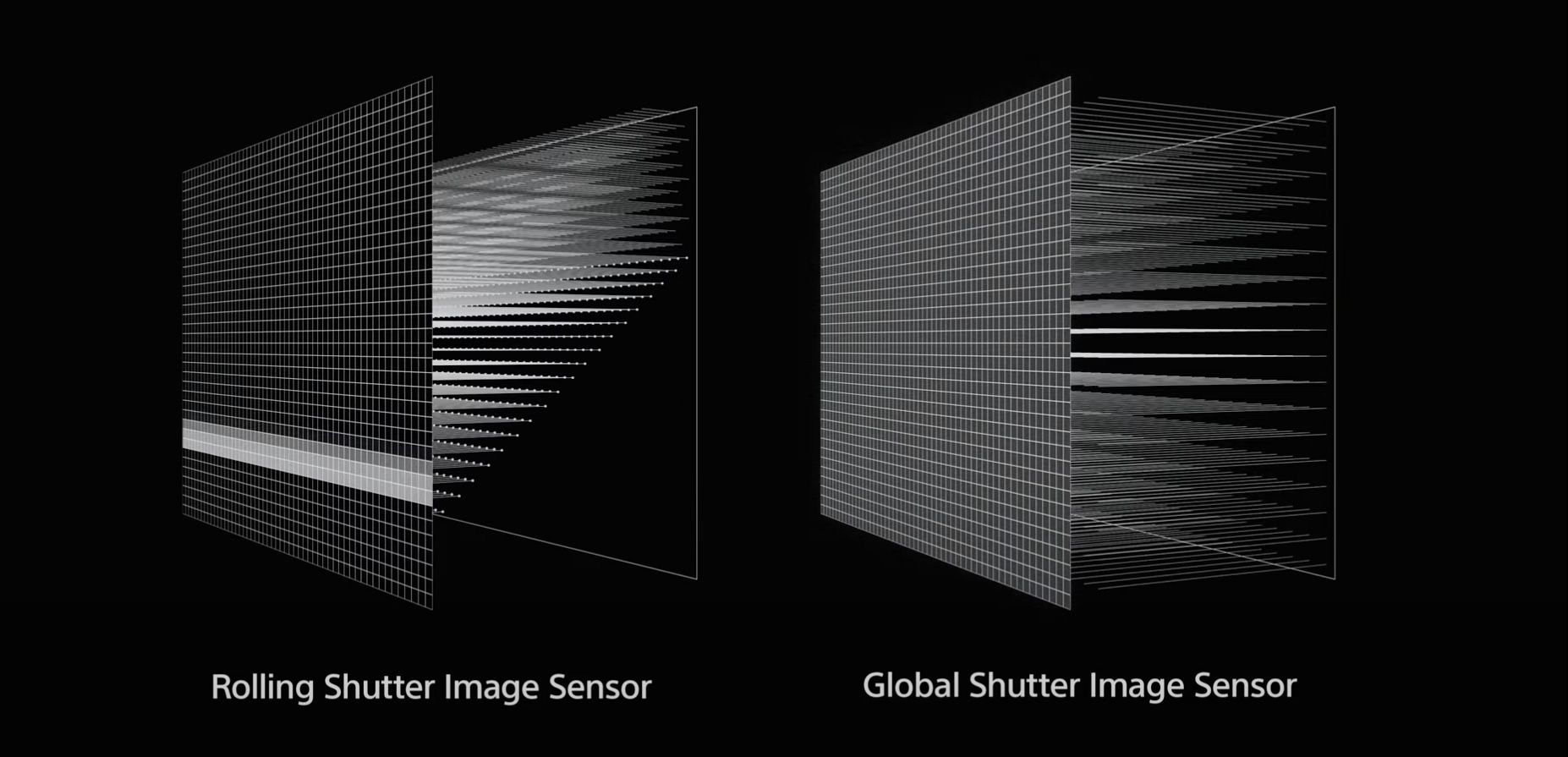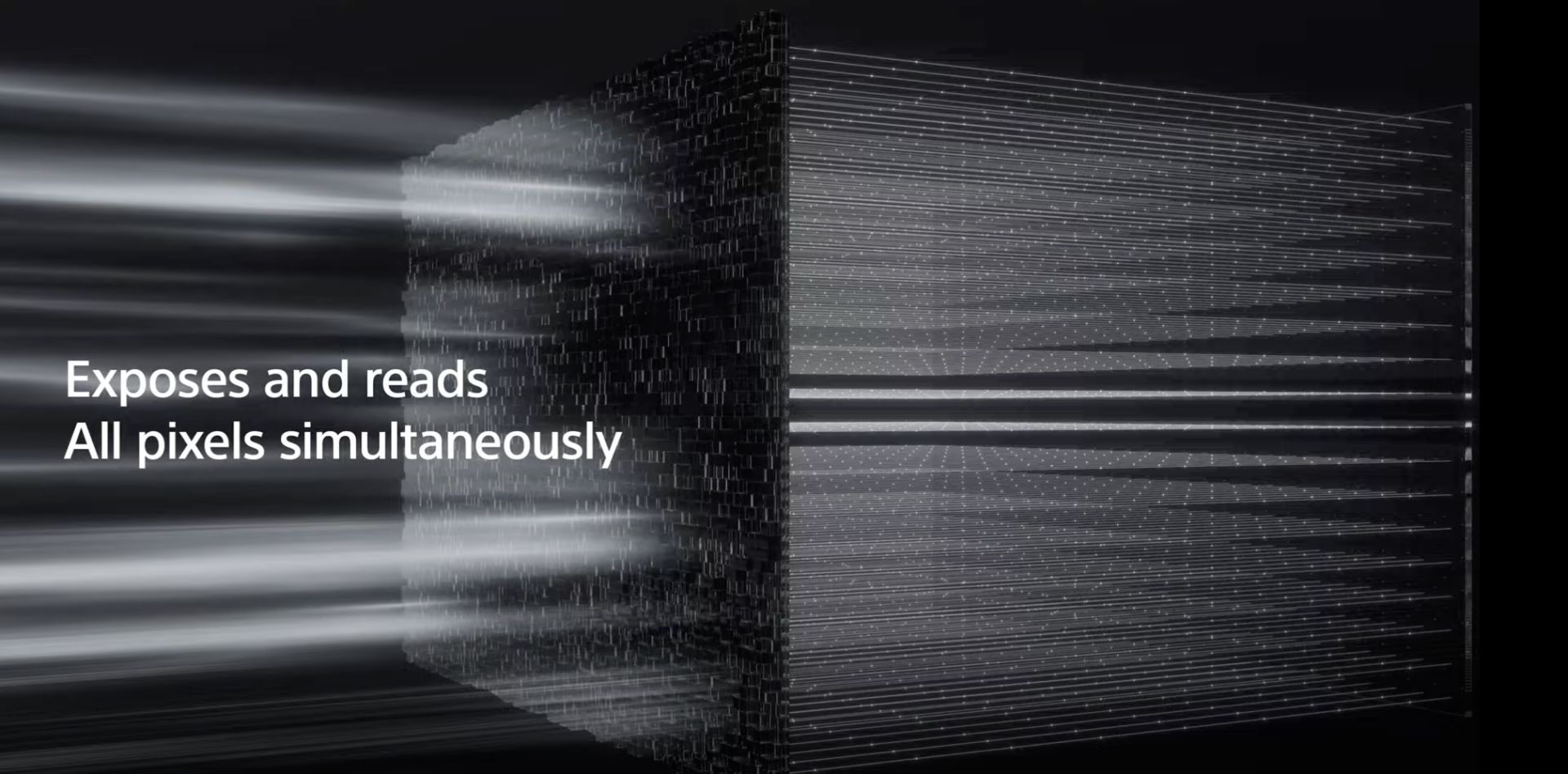The Sony Alpha 9 III represents a significant milestone in camera technology - it contains the world's first full frame camera sensor with a global shutter. This long-awaited development promises to remove limitations imposed by mechanical sync speeds and electronic rolling shutters. But many people are still not sure what a global shutter is and why it’s a big deal! Allow me to explain.
In summary, the shutter allows you to synchronize the full power of your flash at any shutter speed up to 1/80,000 second! This lifts the typical 1/250 second maximum sync speed limitation, allowing full flash power even in bright daylight with fast shutter speeds.
Regular mechanical shutters have physical curtains that move across the sensor to start and end the exposure. This happens progressively from top to bottom, so your image is not captured all in one go.
Electronic shutters also read out the sensor line-by-line, progressively from top to bottom. This can cause rolling shutter distortion with fast movement, especially in video.
Global shutters expose the entire sensor at once, capturing the entire image instantaneously. No progressive scanning.
This eliminates rolling shutter distortion and allows flash sync at up to 1/80,000 of a second! Regular shutters limit max sync speed to around 1/250 sec. Global shutter removes this limit. However, apertures larger than 1.8 will drop that down to 1/16,000.
Global shutters can be silent with no shutter motion. Mechanical shutters make noise and vibrations.
Global shutters enable new capabilities like blackout-free bursts and distortion-free video.

1. Cost While game-changing, global shutter sensors are not without some downsides. For one, they remain complex and expensive to manufacture compared to conventional rolling shutters. This higher cost will likely keep global shutter cameras at a premium price point for the foreseeable future. For instance, the A9 III comes in at a staggering $6,000 USD.
2. Base ISO
Additionally, the base ISO may be higher due to sensor design constraints. For example, the new Sony A9 III with global shutter has a base ISO of 250, versus 100 in their other current full-frame cameras.
3. Power Consumption
Implementing a global shutter comes with some engineering challenges, including higher power demands. The complex circuitry needed to capture the entire image simultaneously requires significantly more power than a rolling shutter. This increased energy consumption leads to greater drain on camera batteries as well as additional heat. The sensor has to dissipate this heat to avoid overheating, especially during continuous bursts or operating in high-temperature conditions. We’ll have to see what the battery life is going to be like in real-world tests.
4. Megapixels
The Sony A9 III delivers 24.6 megapixels, which may simply not be enough for certain photographers! Especially if you would like to crop your images. But with AI upscaling options, this may not be the end of the world! You can see some of the best options explained thoroughly in our
course Ai for Photographers. 
If you’re a photographer who shoots outdoors in bright settings often, the global shutter allows you to increase your shutter speed, so you need less power from your flash to get an appropriate exposure. This also allows for creative opportunities in ways we were limited by before!
This also means you can carry smaller, less powerful flashes since you don’t need to overpower the sun in the same way. This can open up room in your camera bag for other gear or just to make it easier on your back!
Here are some ways these shutters benefit various genres of photography:
Wildlife
Do you know that loud shutters freak out animals? Global shutters are silent. Ninja-style wildlife shots without disturbing your subject, even for bursts. No more blackout between frames means you can track erratic motion like birds swooping through foliage. It opens up possibilities for capturing natural behaviors most cameras could miss.
Weddings
What's better than photographs at weddings? Unobtrusive photographs. Global shutters let wedding photogs work quietly and invisibly in low light scenes. Can even use flash subtly without cranking up the ISO and getting noisy images. All those solemn moments look fantastic, captured candidly.
Events
Tired of ugly banding and flickering under those awful LED and fluorescent lights at events? Global shutters fix that issue. They capture everything in one instant, so you don't get those artifacts of the rolling shutter. Clean, pro-looking event images, even indoors.
Portraits
You don’t have to worry about the power of the sun with global shutters. Overpowering daylight with flash at high shutter speeds for dreamy, soft light portraits can be done with much less power output. Silent shooting works great for candid moments, too.
Macro
Flash is perfect for freezing moving macro subjects like bugs or flowers in the breeze. But high shutter speeds kill your flash. Global shutters let you use both - crisp frozen moments with flash, even handheld in sunlight.
From street photography to drones and more, these benefits extend into every genre!



